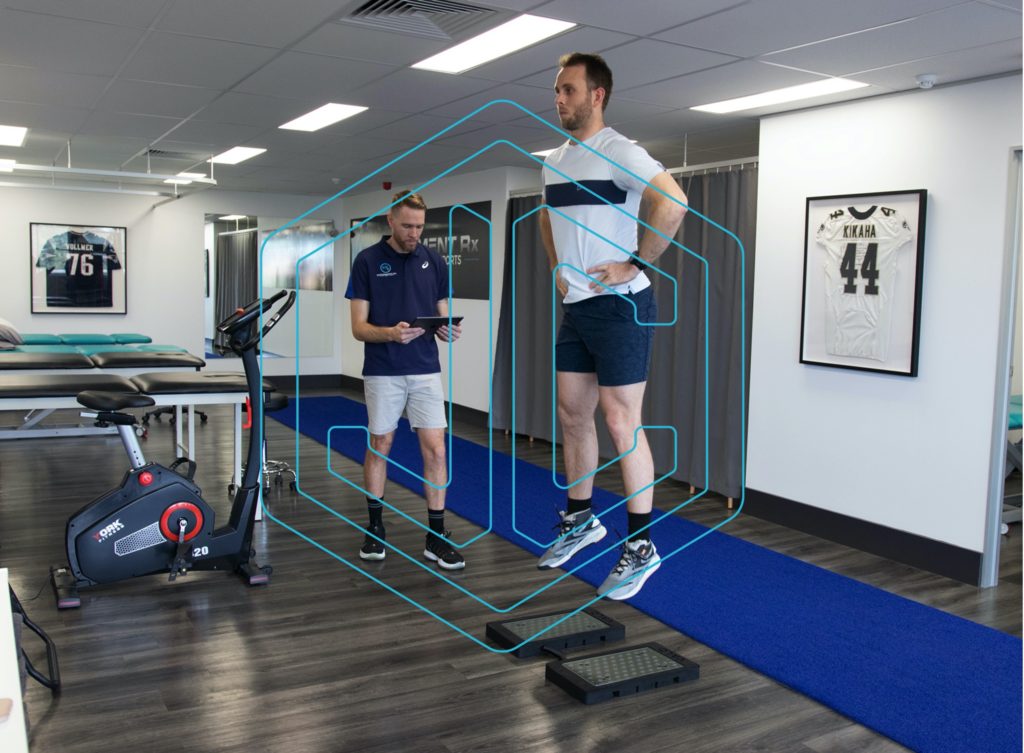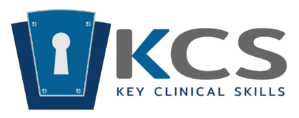**Note that this super course includes the same three modules as the short course, Professor John Cronin: Force Plate Fundamentals and the Countermovement Jump (Short Version), therefore students should only purchase one or the other.
Description: This 10 module online course aims to take your understanding of asymmetry to new levels, the content of which is detailed below.
List of topics and what you will learn:
Module 1: Master Class: Lower Limb Asymmetries
In this module you will:
- Be provided with a framework that you can use in this and the other modules to improve your theoretical and practical knowledge around asymmetries
- Be introduced to the why for asymmetry testing and the many different types of asymmetry you can report on
- Key factors that you need to consider when planning your testing will be reviewed
- What can be determined as a meaningful asymmetry threshold will be discussed
Module 2: Assessment Zone 1: Lower Limb Asymmetries
In this module you will:
- Flesh out the interlimb asymmetry framework introduced in the Masterclass
- Take a deeper dive into factors that can affect the reliability of your measures
- Be introduced into a variety of methods that are used to calculate asymmetry
- Strategies for meaningful interpretation of data will be discussed
- Finally a case study will be presented to assist your learning
Module 3: Assessment Zone 2: Force Plate Technology
In this module you will.
- Forces and vectors
- What is a force platform?
- Technical considerations
- Why the need for force plates?
- What can force platforms measures?
Module 4: Assessment Zone 3: Bilateral and Unilateral Assessments
In this module you will:
- Be introduced to single vs double leg CMJ performance
- Reminded of the benefits of force plate technology
- The benefits of single and double leg CMJ are then explained
- A discussion of the variables to monitor ensues
- Finally, a discussion of some single and double leg data concludes this module
Module 5: Assessment Zone 4: Multi-directional and Multi-hop Assessments
In this module you will:
- Find out how much the different acyclic multidirectional jumps have in common.
- Whether there should be different limb asymmetry thresholds based on jump direction.
- Learn about cyclic multi-hop assessments and their reliability, validity and discriminative ability.
- Contemplate what tests you might include in a cyclic and acyclic multidirectional testing battery to give thorough insight into limb asymmetry and return to play readiness.
Module 6: Exercise Zone 1: Countermovement Jump
In this module you will:
- Learn about the different phases of the CMJ
- The many different variables that can be calculated during these phases will be briefly discussed
- A mini-exemplar case study of an ACL injured athlete will be introduced with an emphasis on the eccentric phase
- Finally, a number of exercises will be explained that can be used to address movement issues associated with each phase of the CMJ
Module 7: Exercise Zone 2: Countermovement Jump Advanced
In this module you will:
- Review the CMJ signal and examine phase deconstruction in more detail
- Examine the impulse-momentum relationship in relation to jumping
- Be introduced to the more important variables you should keep an eye on in each of the phases
- Explore the utility of the impulse asymmetry index
- Look at some exercises that align with the findings from each impulse asymmetry index
Module 8: Exercise Zone 3: Elastic Enhancement
In this module you will:
- Be briefly reminded of the various components that contribute to contractile and elastic force capability.
- Be introduced to the jumps that assess contractile and elastic contribution.
- Measures of elastic enhancement and eccentric utilization ratios will be discussed.
- Look at a case study and the many variables captured from a force plate to study asymmetry and eccentric enhancement.
- Some exercises to address various diagnoses will be detailed.
Module 9: Exercise Zone 4: Slow and Fast SSC Performance
In this module you will:
- Be briefly reminded of how you can use the three-component model to explain fast and stretch-shorten cycle (SSC) performance
- Be introduced to the jumps that assess slow and fast SSC performance
- The reactive strength index (RSI) will be discussed
- A small case study asymmetry assessment data will be introduced for soccer and cricket players
- Some exercises to address various slow vs fast SSC diagnoses will be detailed
Module 10: Exercise Zone 5: Landing Diagnostics and Asymmetry Progression
In this module you will:
- Be briefly reminded of difference between eccentrics for propulsion and landing, highlighting the greater forces associated with landing
- Explore information around landing technique and diagnostics is reviewed
- Force plate landing diagnostics will be briefly introduced
- A program framework is provided for eccentric strengthening of landing.
- Thereafter loads of ideas and examples are given for multi-planar eccentric strengthening
Course length: Approximately 10-12 hours
What you get when you enrol in this course:
- 10-mini video lectures
- Masterclass presentations
- Assessment & Exercise Zone presentations
- Quizzes and case studies
- Extra resource and readings
- CPD worksheet
- CPD certificate
- Unlimited access to the course for the lifetime of the site
Cost: $90 USD
Access period: Lifetime
Registration through KCS provides you with a 10% discount to this high-quality program. The discount code is provided by completing the popup form and is sent to the provided email.


